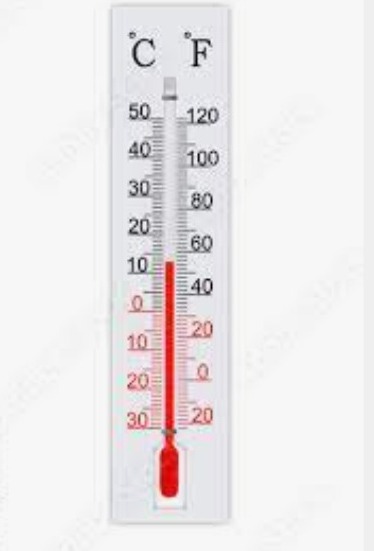Introduction:
Temperature, a basic point of our day-to-day lives, coordinates our reassurance, impacts the environment, and impacts different shapes. Be that as it may, the Fahrenheit and Celsius scales, the two fundamental units for measuring temperature, as often as possible take off individuals puzzled when endeavoring changes between them. In this article, we burrow into the change of 55 degrees Celsius to Fahrenheit, unraveling the logical relationship and exploring the recommendations of such a temperature.
Understanding the Scales:
Before plunging into the alter, let’s get a handle on the essence of the Fahrenheit and Celsius scales. Fahrenheit, concocted by the German physicist Daniel Gabriel Fahrenheit in 1724, at to begin with set the setting point of water at 32 degrees and the bubbling point at 212 degrees underneath standard barometrical weight. On the other hand, Celsius was made by Anders Celsius in 1742. It sets the setting point of water at 0 degrees and the bubbling point at 100 degrees.
The Change Formula:
Converting between Celsius and Fahrenheit incorporates a clear logical condition. To alter Celsius to Fahrenheit, you can utilize the formula:
F=(°C×9/5)+32
Here, °F talks to the temperature in Fahrenheit, and °C talks to the temperature in Celsius. Applying this condition, we can choose the Fahrenheit indistinguishable of 55 degrees Celsius.
Calculating 55 Celsius to Fahrenheit:
Substituting the regard of 55 degrees Celsius into the change condition, we obtain:
°F=(55×9/5)+32
°F=(99)+32
°F=131
Thus, 55 degrees Celsius is comparable to 131 degrees Fahrenheit.
Interpretation and Implications:
Now that we’ve changed over 55 degrees Celsius to Fahrenheit, let’s disentangle the recommendations of such a temperature. In various districts around the world, 55 degrees Celsius is an uncommon temperature that can have vital impacts on both human life and the environment.
In human terms, introduction to such tall temperatures stances extraordinary prosperity perils. Drawn-out presentation to temperatures over 50 degrees Celsius can lead to heat-related afflictions such as warm consumption, heatstroke, and the need for hydration. Defenseless populaces, including the elderly, children, and individuals with pre-existing prosperity conditions, are particularly powerless against these dangers.
Moreover, such exceptional temperatures can in addition have negative impacts on the environment. They can contribute to heatwaves, compound dry season conditions, and increase the repeat and concentration of quickly spreading fires. These common impacts of development open up the perils to human prosperity and well-being. As well as the soundness of situations and agriculture.
Adaptation and Balance Strategies:
In regions slanted to uncommon warmth, alteration, and help methods are crucial for guarding human prosperity and the environment. These strategies may include
Heatwave Early Caution Systems: Executing systems to assess and caution individuals around approaching heatwaves can help them get prepared and take preventive measures.
Cooling Centers: Setting up cooling centers in urban zones where individuals can see refuge from the warm, especially those who require access to examine conditioning or other cooling technologies.
Urban Orchestrating and Green Spaces: Arranging cities with adequate green spaces, shade structures, and clever surfaces can soothe the urban warm island effect, diminishing common temperatures in thickly populated areas.
Public Mindfulness and Instruction: Raising mindfulness nearly the risks of exceptional warmth and instructing the open on heat-related afflictions, preventive measures, and emergency response traditions can lock in individuals to guarantee themselves and others.
Conclusion:
Converting 55 degrees Celsius to Fahrenheit gives us with a numerical representation of an uncommon temperature. It carries essential proposals for human prosperity and the environment. Understanding the relationship between these temperature scales and the impacts of exceptional warming is essential for making fruitful alterations and alleviation methods to address the challenges posed by rising temperatures in a warming world.



Comment here